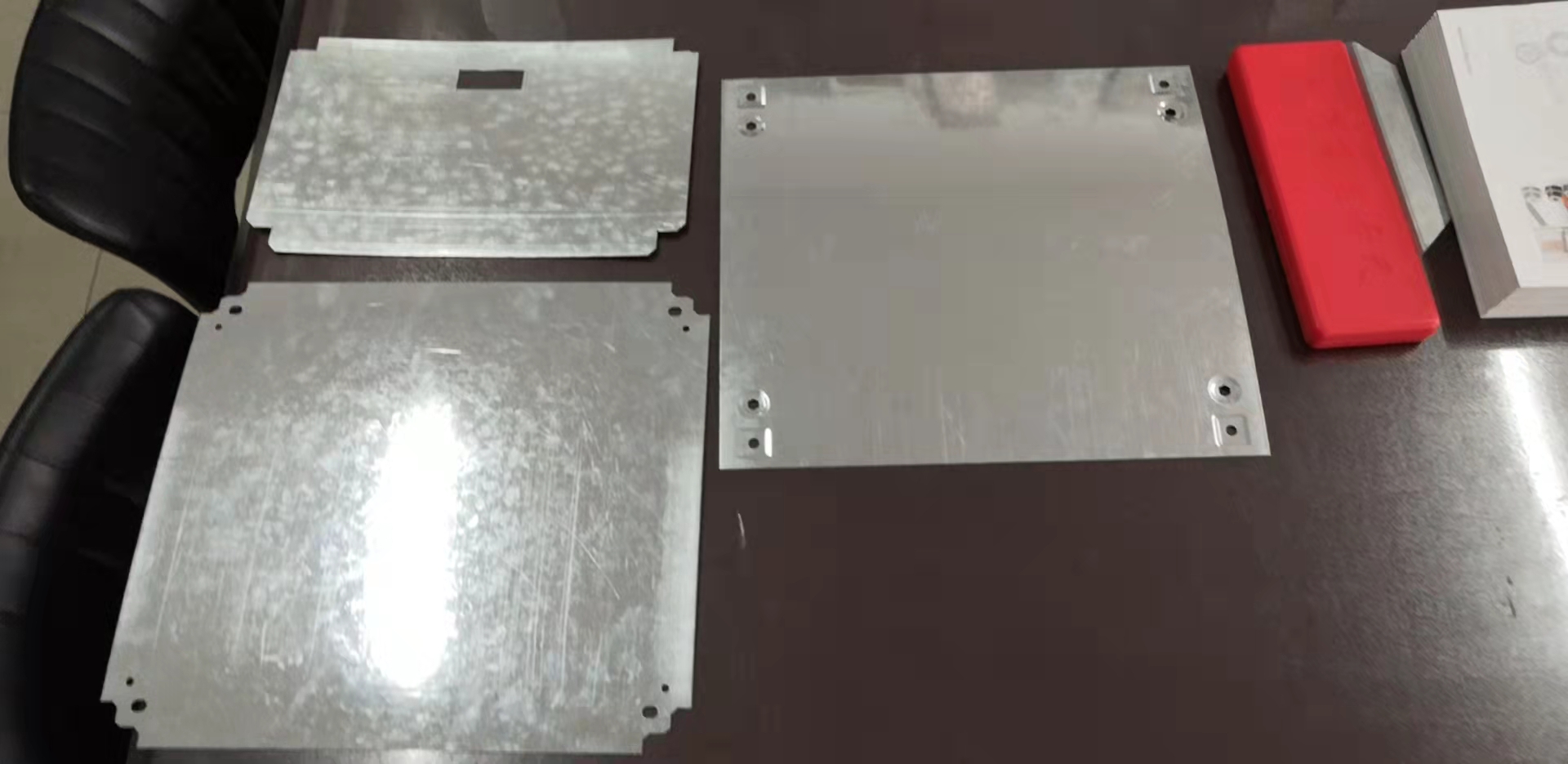
Understanding Cold Bending Prices An Overview
Cold bending is a widespread method used in various industries, particularly in construction and manufacturing. This process involves shaping materials, especially metal, at room temperature to achieve desired geometries without altering the material's inherent characteristics. One of the critical aspects of cold bending is its pricing, which can significantly influence project budgets and financial projections.
Factors Affecting Cold Bending Prices
Several factors play a crucial role in determining the cost of cold bending. Understanding these factors can help businesses make informed decisions when budgeting for projects.
1. Material Type The type of material being bent is perhaps the most significant factor in pricing. Different metals, such as steel, aluminum, and copper, have varying costs and bending characteristics. For instance, stainless steel may be more expensive than carbon steel, thus affecting the overall price of bending services.
2. Thickness of Material The thickness of the material also influences the price. Thicker materials require more energy and more robust machinery for bending, which can increase labor costs and operational expenses. Consequently, projects involving thicker materials may incur higher bending prices.
3. Complexity of the Bend The intricacy of the design being bent plays a pivotal role in the pricing structure. Straight bends are easier and quicker to execute, while complex shapes involving multiple bends may require more time, precision, and skilled labor, leading to increased costs.
4. Volume of Work Pricing can also be influenced by the volume of the order. Large-scale projects may benefit from bulk pricing or economies of scale, while smaller projects may incur higher per-unit costs due to less favorable production conditions.

5. Labor Costs Labor costs vary by region and skill level. Areas with higher living costs may see increased wage demands from skilled workers, which can consequently drive up the prices of cold bending services. Additionally, the type of labor involved—whether highly skilled labor or more generalized labor—can also affect the total costs.
6. Technology and Equipment The technology used in the cold bending process can significantly impact costs. Advanced automated bending machines may require a higher initial investment but can lead to lower operational costs in the long run due to increased efficiency and consistency. Companies investing in the latest technology may pass on some of these costs to customers.
Market Trends and Pricing Strategies
The cold bending industry is subject to market fluctuations, influenced by global supply chains, raw material prices, and economic conditions. As demand for cold-bent products rises in various sectors, including construction, automotive, and aerospace, prices may experience upward pressure.
To remain competitive, many businesses adopt pricing strategies that reflect both the cost of production and the prevailing market conditions. This may include offering tiered pricing based on volume or implementing flexible pricing models that respond to fluctuating material costs.
Conclusion
In conclusion, understanding the various factors that contribute to the pricing of cold bending is essential for businesses and consumers alike. By considering material type, thickness, complexity of the bends, labor costs, and technological investments, stakeholders can make better-informed decisions regarding their bending project budgets. As the industry continues to evolve, staying updated on market trends and developments will be crucial for optimizing costs associated with cold bending practices.